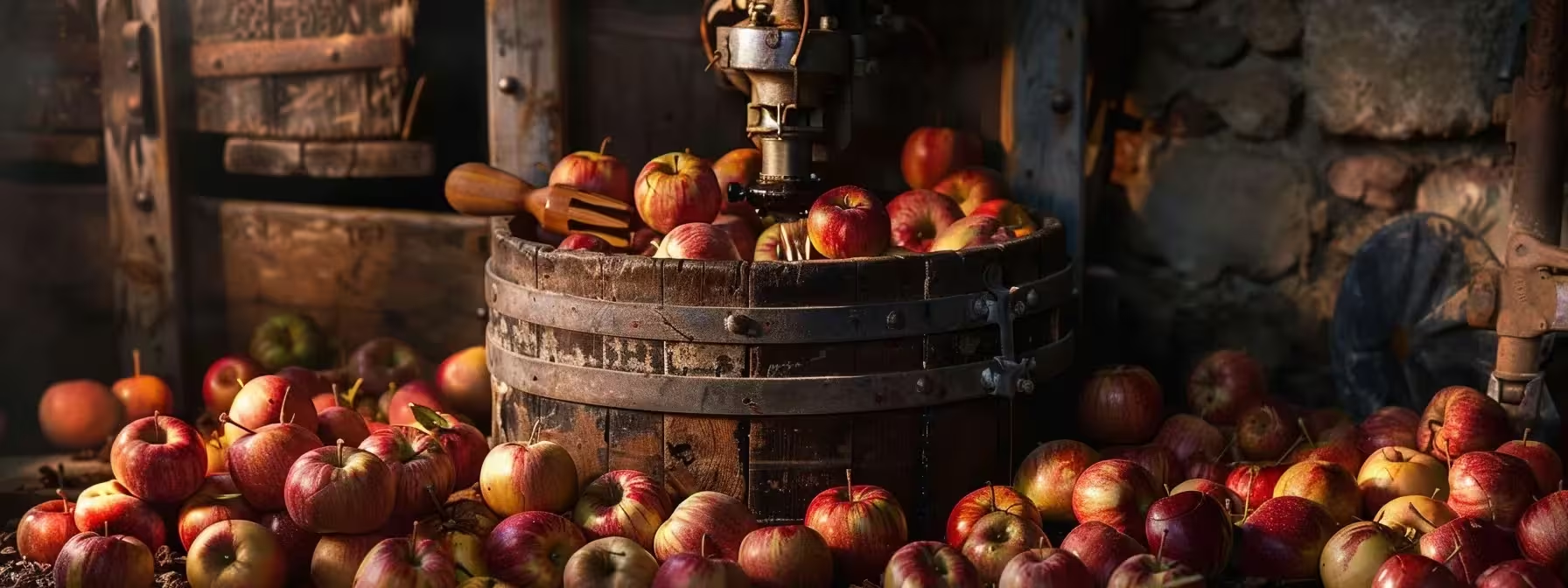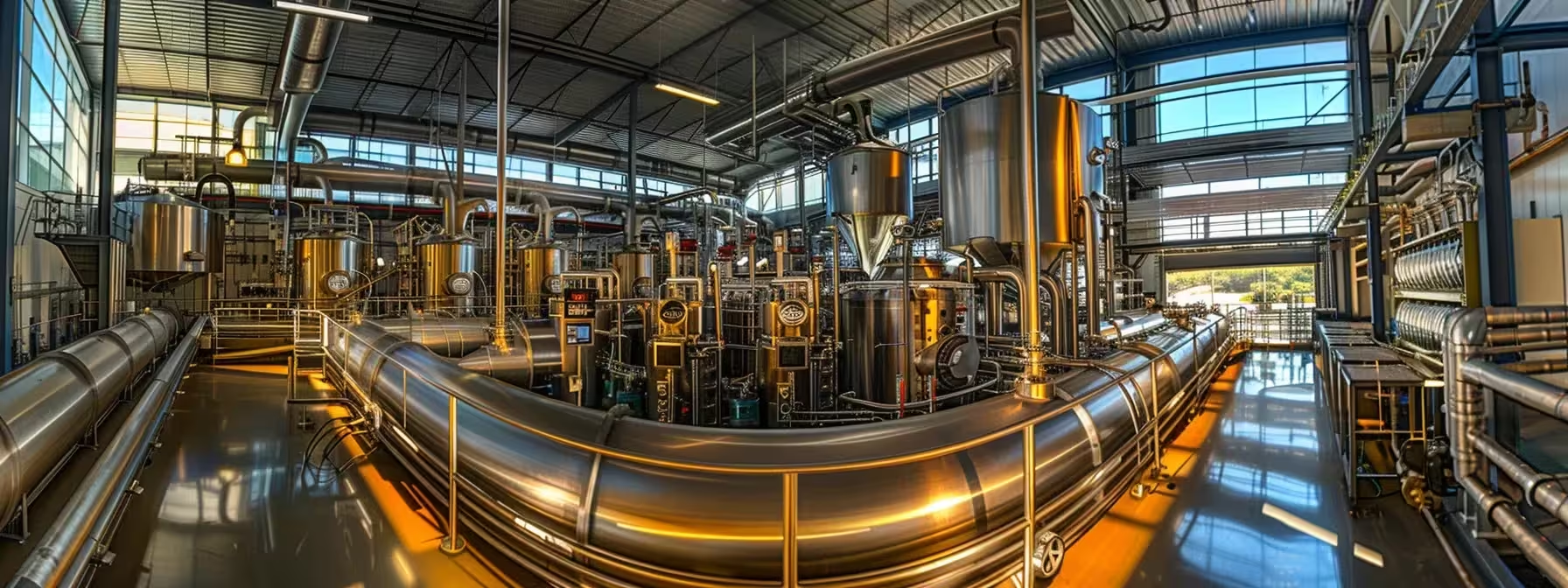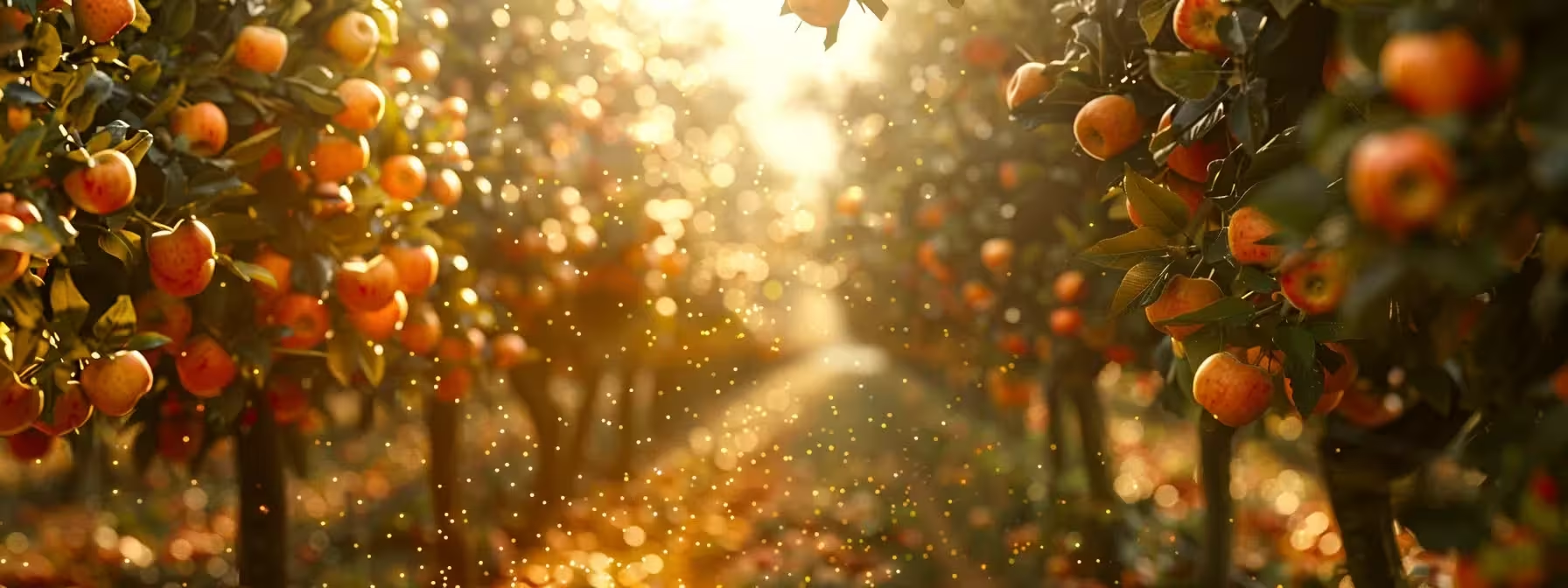Cider, often overshadowed by beer and wine, has a rich history that warrants exploration. This article will delve into cider’s ancient origins and traditions, traditional methods that shaped cider production, and modern innovations driving its popularity. Readers will gain insights into the evolving landscape of cider, including the growing role of craft cider producers and how homebrewing enthusiasts can incorporate elements like lees and carbon dioxide in their processes. By understanding cider’s journey, readers can appreciate this beverage’s depth and enhance their own cider-making experiences, whether it be cider or perry.
Key Takeaways
- Ancient fermentation techniques significantly influenced the development of cider as a beverage
- Craft cider production emphasizes local ingredients that enhance flavor profiles and sustainability
- Modern innovations in processing and fermentation are shaping the future of cider making
- Balancing acidity through controlled methods improves flavor complexity and shelf stability in ciders
- The global demand for diverse cider varieties reflects changing consumer preferences towards unique flavors
Investigating Cider’s Ancient Origins and Traditions

Ancient cultures engaged in brewing techniques that fermented apples, creating early forms of cider. This beverage played a significant role in societal practices, influenced by methods using honey and heat for fermentation. Understanding these traditional approaches reveals the strains and strains of lactic acid bacteria that shaped cider’s development, providing insights into its longstanding cultural significance.
Analyzing How Ancient Cultures Fermented Apples
Ancient cultures utilized various techniques to ferment apples, transforming them into early forms of cider. They often employed barrels for storage and fermentation, allowing the natural yeast present on the apple skin to initiate the process. In some cases, the addition of honey or other natural preservatives helped stabilize the beverage, while potassium played a crucial role in enhancing the fermentation process, ensuring that the final product had both solid structure and appealing flavor profiles similar to beer. This foundational knowledge highlights how traditional fermentation practices have greatly influenced modern cider production.
Understanding Cider’s Role in Early Societies
Cider held a significant role in early societies, often serving as a staple beverage that provided sustenance and hydration. Its production involved careful filtration techniques to remove sediment and ensure clarity, enhancing the overall drinking experience. The various strains of bacteria naturally present during fermentation contributed to distinct flavor profiles, allowing each brand to establish a unique identity rooted in regional apple varieties and traditional brewing methods.
Cider has deep roots, woven into the fabric of many cultures. These roots lead to methods that define how cider is made, reflecting the practices of those who came before.
Traditional Methods That Shaped Cider Production

Traditional methods of cider production have evolved from ancient practices, significantly shaping the beverage’s identity. Examining historical techniques of apple pressing reveals how early producers extracted juice while minimizing contamination. Reviewing old-fashioned fermentation practices provides insights into the role of fructose in transforming this liquid into cider. These foundational processes highlight the importance of craftsmanship in contemporary cider making.
Examining Historical Techniques of Apple Pressing
Historical techniques of apple pressing reveal crucial aspects of cider production’s evolution, particularly in relation to microbiology and the composition of apples. Early producers focused on extracting juice from apples while managing elements like pectin and tannin, which influence the flavor and texture of the final product. The pressing process often resulted in pomace, the solid material left behind, which can contain residual sugars and nutrients that contribute to the fermentation process, while also being a source of carbon used by yeasts in cider making.
Reviewing Old-Fashioned Fermentation Practices
Old-fashioned fermentation practices in cider production emphasize the essential role of sweetness derived from the natural sugars in apples. During this process, the pulp, or solid remnants of apples, retains valuable sugars that contribute to the drink’s flavor profile. Early producers often avoided the use of sulfur dioxide, opting for traditional methods that relied on natural fermentation, which enhances the complexity of flavors while preserving the authentic taste of the fruit.
Traditional methods laid the groundwork for cider making, but times change. Today, innovation drives the craft forward, bringing new techniques that elevate the drink to new heights.
Modern Innovations Transforming Cider Making

Modern cider production has evolved significantly, driven by technological advances in apple processing and fermentation methods. Assessing new equipment allows for more efficient extraction and manipulation of flavors, including innovative approaches to distillation. Today’s methods also explore the role of saccharomyces yeast strains in fermentation, enhancing tastes in products like rosé cider and offerings featuring pears.
Assessing Technological Advances in Apple Processing
The advancements in apple processing technology have significantly enhanced the efficiency and quality of cider production. Modern equipment allows producers to measure specific gravity accurately, which is essential for determining sugar levels and potential alcohol content, directly influencing the resulting alcoholic beverage’s flavor profile. Furthermore, as the focus shifts to the unique raw materials from different apple tree varieties, the management of malic acid levels during processing has become crucial in crafting desirable taste experiences in ciders, catering to diverse consumer preferences.
Evaluating Changes in Fermentation Methods Today
Today’s cider makers are increasingly adopting innovative fermentation methods, allowing for greater control over the production process. Utilizing advanced fruit press techniques, producers can efficiently extract juice while minimizing oxidization, which is crucial for maintaining the freshness of apple cider. Moreover, the integration of pasteurization reflects growing trends in the industry as it helps stabilize cider and enhance its shelf life, similar to practices in winemaking, ensuring that flavors remain consistent over time.
As technology reshapes cider production, a new wave of artisans emerges. Across the globe, craft cider makers are redefining traditions and expanding palates, inviting enthusiasts to join the journey.
The Growth of Craft Cider Producers Worldwide

The growth of craft cider producers worldwide reflects a rising interest in artisanal beverages. Trends boosting artisanal cider production include a focus on local ingredients, which significantly influence flavor profiles, linking the unique soil characteristics of different regions to the taste of the final product. Understanding these dynamics provides insights into the cost of production, the alcohol content variations, and the impact on the glass and bottle presentation of cider.
Identifying Trends Boosting Artisanal Cider Production
The growth of craft cider producers has been significantly influenced by emerging trends that prioritize local and sustainable ingredients. Many cider makers are increasingly sourcing apples directly from their own orchards, often utilizing specific varieties that enhance the glucose content for more balanced sweetness. Additionally, innovative fermentation practices that leverage saccharomyces cerevisiae yeasts, along with stainless steel fermentation vessels, allow for greater control over the cider’s flavor profile while minimizing the addition of sulfur, ensuring a purer tasting experience that resonates well with modern consumers.
Analyzing Impact of Local Ingredients on Flavor Profiles
Local ingredients play a crucial role in shaping the flavor profiles of craft ciders, as various apple varieties contribute distinct levels of sugar, acidity, and nutrient content. The use of specific yeasts during fermentation further enhances the complexity of flavors, while the maceration process helps to extract more nuanced characteristics from the fruit. By carefully selecting local apples and employing traditional methods in kegs, cider makers can produce beverages that reflect the unique terroir of their regions, resulting in a diverse range of taste experiences appealing to modern consumers.
Craft cider has grown rapidly, capturing the attention of many. As this trend unfolds, cider’s emerging role in the global beverage market promises a new chapter worth exploring.
Cider’s Emerging Role in the Global Beverage Market

The global beverage market is witnessing a notable shift in consumer preferences, particularly towards diverse cider varieties. Understanding the demand for these unique beverages demonstrates consumer interest in different flavors and styles. Strategies such as optimized harvesting, innovative pressing techniques, and the use of nitrogen during fermentation are enhancing cider’s popularity and accessibility, paving the way for new opportunities in this expanding industry.
Understanding Demand for Diverse Cider Varieties
The increasing demand for diverse cider varieties reflects a broader consumer interest in unique flavors and the culinary experience they offer. As manufacturers explore various apple cultivars and employ techniques like malolactic fermentation, they enhance the taste and complexity of ciders, appealing to food enthusiasts and casual drinkers alike. Understanding the role of acidity in flavor balance also guides producers in crafting ciders that pair well with food, reinforcing the evolving position of cider as a versatile beverage in the global market.
Examining Strategies Increasing Cider’s Popularity
To enhance cider’s popularity in the global beverage market, producers increasingly adopt innovative marketing strategies that highlight its unique characteristics compared to other beverages like grape-based wines and champagne. Engaging consumers through educational campaigns about the artisanal aspects of cider production, including its agricultural roots and the craftsmanship involved in brewing, fosters appreciation and curiosity. Additionally, collaborations between cideries and breweries can create limited-edition products that leverage the strengths of both beverages, enticing consumers to explore cider’s diverse flavor profiles and versatility.
As cider continues to grow in popularity, the industry stands at a crossroads. The next chapter will explore how these changes may shape the future of cider production.
Predicting Future Developments in Cider Production

Sustainable practices are becoming increasingly vital in cider production, focusing on water conservation and reducing the environmental impact of fermentation processes. Innovations such as utilizing stainless steel equipment will enhance flavor control and optimize pH levels to produce high-quality cider. This section will explore both emerging sustainable methods and technological advancements shaping the cider industry’s future.
Considering Sustainable Practices in Cider Making
As cider production increasingly incorporates sustainable practices, the application of enzymes such as pectinase becomes essential in optimizing apple juice extraction. By improving juice yield without excessive heating, producers can maintain the desired temperature while maximizing volume, aligning with eco-friendly initiatives. Furthermore, managing sucrose levels during fermentation helps create a balanced flavor profile, allowing cider makers to produce high-quality beverages that meet consumer demand for sustainability.
Forecasting Innovations Shaping the Cider Industry
Innovations in the cider industry are expected to focus on enhancing the chemical composition of ciders through the controlled application of lactic acid, citric acid, and tartaric acid. By manipulating these acids during fermentation, producers can achieve a more balanced acidity, improving both flavor complexity and shelf stability. As cider makers continue to adopt precision fermentation methods and advanced monitoring technologies, they will likely create ciders that cater to diverse palates and meet evolving consumer preferences for refined taste experiences.
| Innovation | Description | Benefits |
|---|---|---|
| Lactic Acid Control | Utilizing lactic acid to balance acidity during fermentation. | Improves flavor complexity and mouthfeel. |
| Citric Acid Addition | Incorporating citric acid for enhanced freshness. | Brightens flavors and balances sweetness. |
| Tartaric Acid Utilization | Employing tartaric acid to stabilize pH levels. | Increases freshness and enhances longevity. |
Conclusion
Cider’s journey highlights the rich history and evolution of its production, revealing the intricate techniques and traditions that have shaped this beloved beverage. From ancient fermentation practices to modern technological innovations, understanding these developments enhances appreciation for cider’s complexity and uniqueness. As craft cider producers harness local ingredients and sustainable methods, they continue to redefine cider’s role in the global beverage market. This journey underscores the importance of both tradition and innovation in creating high-quality ciders that cater to diverse consumer preferences.
